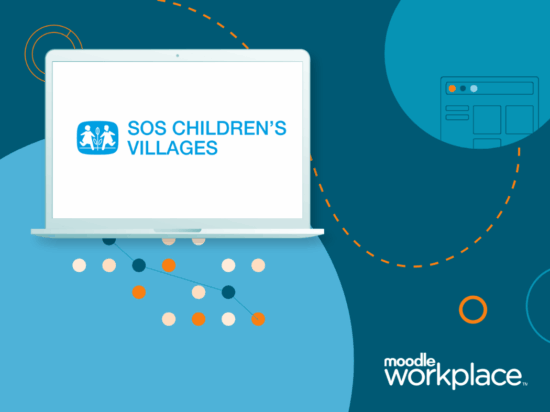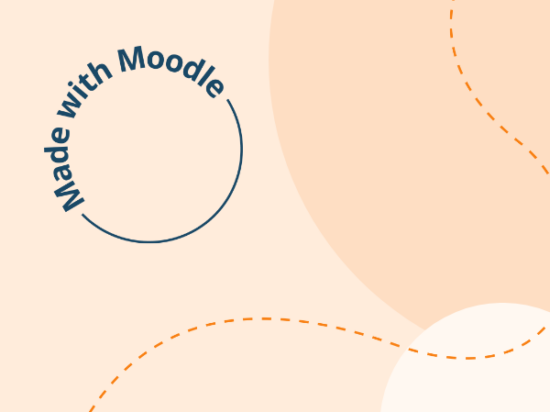Those first days in a new role are a whirlwind of new faces and new information. A good employee onboarding process helps new hires overcome those initial nerves and settle into your organisation more quickly. It reduces time to productivity and improves staff retention rates.
These days, in a world of remote and digital work, good onboarding goes beyond the pen-and-paper processes of old. A digital employee onboarding process — that works for both remote and on-site employees — gives new hires everything they need to hit the ground running.
What is the digital employee onboarding process?
Digital onboarding is an onboarding process that uses digital tools and processes. It can be more efficient and cost-effective than traditional ways of welcoming a new hire to your organisation. It also ensures consistency, so all new employees receive the same great experience.
But how do you create a good digital employee onboarding process?
5 steps to creating a digital employee onboarding process
Ready to take your onboarding process digital? Follow these five steps.
Step 1: Prepare a training course or digital documents
Use a digital onboarding system or a learning management system (LMS) to create training courses suited to each new hire. Consider all mandatory policy documents employees need to read and what training they should complete. Then, get specific with unique resources tailored to each role.
Next, prepare digital versions of all the paperwork employees should read and sign. This makes it easier for new hires to complete any forms or background checks. They can also read more about the company via your digital platform. This process can take place before a new employee has even started work for your organisation.
Step 2: Start with a welcome and orientation
Whether your new hires start work from their home office or are based on-site, a welcome and orientation are essential parts of your digital employee onboarding process.
Ensure employees are introduced to their manager, HR team, and co-workers, either face-to-face or via your company portal. Also, dedicate time during those early days for co-workers to get to know each other better.
Spend time familiarising employees with the work environment, too. Show new hires around the office and talk them through the main software tools they’ll be expected to use. Provide them with a copy of the employee handbook, along with resources about company values and culture.
Step 3: Start training from day one
To start training from day one, you need to set new hires up on your onboarding system if you haven’t already. That means creating their account and login details before their start date.
Pick a user-friendly system, and new hires will need minimal training on how to use it. Instead, they can devote their energies to learning about the company and their role, along with the tools and processes they’ll need to be successful within your organisation.
Step 4: Offer ongoing development and support
A good onboarding process doesn’t end after a new hire has spent a day, week, or even a month in their new role. Instead, the onboarding process seamlessly blends into your employee engagement and retention efforts.
That means continuing to use your LMS to deliver development and support resources. As they grow comfortable and confident in their role, you can introduce materials that help them develop new knowledge and skills. Employees who receive ongoing training opportunities are more likely to bring their A-game — and work for your organisation long-term.
Step 5: Provide continuous feedback
You can’t launch a digital onboarding process and expect it to run itself. New hires still need input from the more seasoned staff around them.
So, ensure that assigned managers or mentors provide continuous feedback. They can monitor onboarding progress via your onboarding platform, before taking the time to speak to new hires in person about how they’re doing.
Tips for a successful digital employee onboarding process
To make the onboarding process smooth and easy — for everyone involved — take a look at these tips. They’ll help you finesse your digital onboarding program so it’s as effective as possible.
Make the content engaging
Don’t overwhelm or bore new hires with endless documents. Instead, ensure your digital onboarding content is dynamic and engaging.
Use a mix of documents, videos, quizzes, and interactive training materials. Employees are more likely to retain information delivered in this way. Plus, they’ll have a positive first impression of what it’s like to work at your organisation.
Personalise onboarding to the new employee
Try to avoid a one-size-fits-all approach. The more personalised you make the onboarding experience, the more you’ll engage new hires.
So, why not start with a personalised video from your new employee’s manager? Also, ensure all digital onboarding materials are relevant to your new hire’s role, location, skill level, and department.
Request feedback from recent hires to keep improving
With a digital employee onboarding process, employees can easily provide feedback via the learning management system (LMS) used. This gives insight into how new hires are interacting with your onboarding materials.
But don’t stop there. Request new hire feedback on the onboarding process, too. That way, you have all the information you need to make meaningful improvements to the process.
Use a digital onboarding system or LMS
When you use a user-friendly digital onboarding system or LMS, you’ll find it easy to create, deliver, automate, and monitor your digital employee onboarding process.
It also makes life easy for your new hires. Pick a user-friendly system, and they’ll find it easy to log in and locate all the resources they need.
Reward progress
During those early days in a new job, new hires want to know that they’re on the right track. So, ensure that your digital employee onboarding process gives them that reassurance.
Incorporate rewards for progress, breaking onboarding training down into smaller, more digestible chunks, with some kind of recognition at the end of each mini-module.
Incorporate human interaction
While a digital employee onboarding process can give new hires the majority of the information they need to hit the ground running, your onboarding process needs a human element, too.
Ensure new hires spend time — face-to-face or digitally—with their managers and colleagues so they feel valued and integrated into the team.
Use Moodle for a smooth digital employee onboarding process
Onboarding goes beyond a brief orientation and spans days, weeks, or even months, guiding new hires as they acclimate to the organisation and their roles. Unlike traditional orientations, which may last just 1-2 days, effective onboarding is an extended process focused on helping employees fully integrate into the company culture, policies, and responsibilities. This period is crucial for setting new hires up for long-term success.
For learning and development (L&D) teams managing the onboarding process, Moodle simplifies course creation and automates training assignments tailored to each employee’s role and responsibilities. Additionally, mentors can be assigned to support new hires, offering guidance and monitoring their progress as they navigate their initial weeks in the organisation.
Moodle Workplace’s ‘People Management’ feature provides L&D managers immediate access to critical personnel data, such as reporting structures and job assignments. This insight into the organisational hierarchy enables L&D teams to identify skill gaps and support needs more efficiently, aligning training initiatives with departmental goals. By bridging the gap between recruitment and role-specific training, the integration of ‘People Management’ and Moodle’s training modules ensures a seamless onboarding experience that prepares employees with the resources they need from day one.
Moreover, Moodle Workplace’s Manager dashboard includes the ‘My Teams’ page, which allows managers to track team learning progress on certifications, programs, and course enrollments. Allowing organisation-wide access to this feature promotes transparency and fosters a culture of continuous learning and cross-team collaboration.


